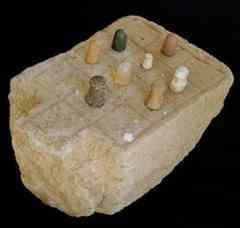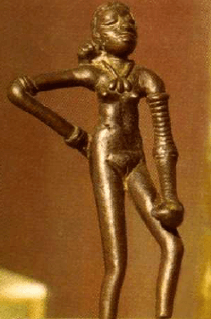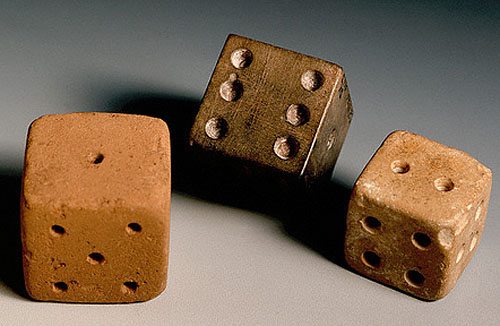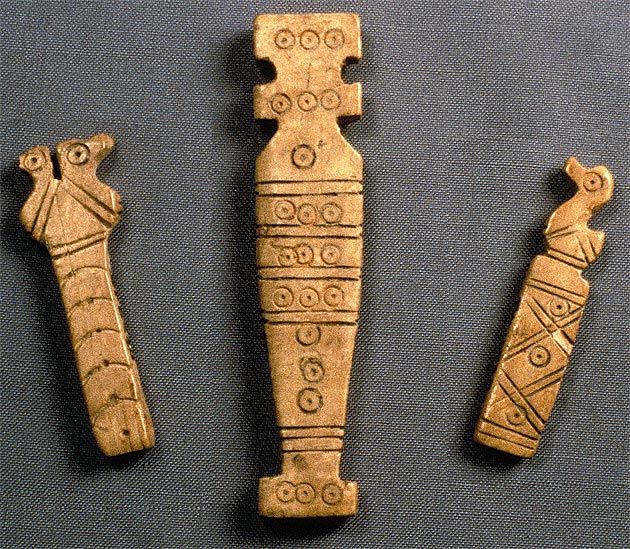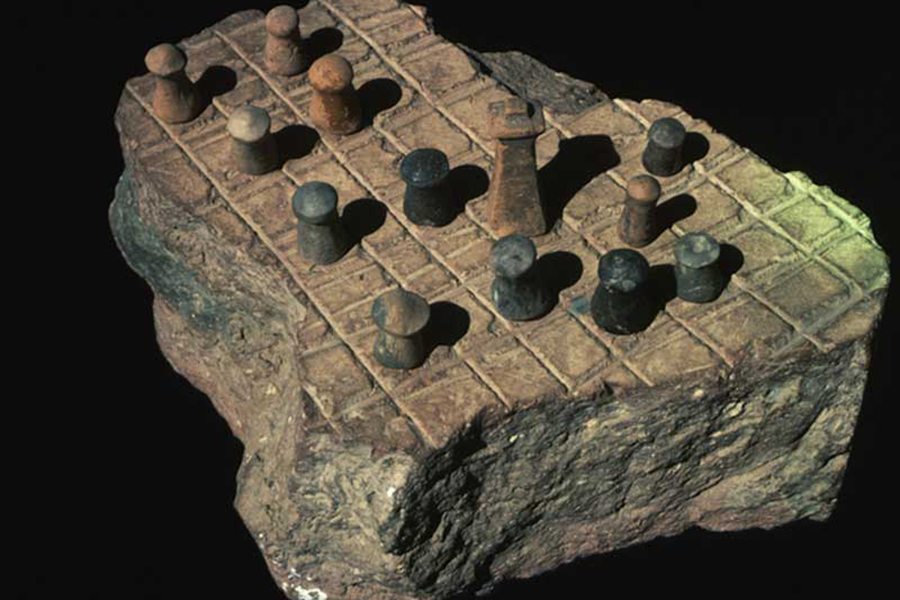PLAY THROUGH THE AGES, INDIAN PERSPECTIVE
Play, a word, that is synonymous with letting the mind run wild, creating a whole new world using imagination. The word play, brings in thoughts and feelings of lots of fun, fun and fun.
The study conducted by Meera Oka et al, mentioned in the earlier blog, has led us to understand how play was perceived in the Indian perspective. The best way to look at it was through the civilisations that the country has witnessed across ages. The Indus valley civilisation is the first among the civilisations and a look at the previous blogs throws light upon the fact that play for children was given importance. The importance given to play has been understood only through the play materials that were found in the excavations, but no literature is available regarding the thoughts of people or any philosophers, during that civilisation about play.
Therefore, I have tried to understand and pen down the importance given to play in the ancient times, with the help of literature available on the games that were played by adults. With the support of articles written by Lakhveer Kaur & Rajesh Chander and Keshav Lahane on Ancient Indian sports, let’s delve into the matter.
The Indus valley civilisation is followed by the Vedic period (2500 BC – 600 BC), named so because it was marked by the development of vedas. The Ramayana and Mahabharatha also are a part of this vedic period. It’s very clear from the scriptures that the adults involved in sports like chariot racing, archery, military games, swimming, wrestling and hunting. A historic analysis done by the authors mentioned above reveals that people involved in ball games and courtyard games like “hide and seek” and “run and catch” were prevalent. Games involving dices were very popular.
Education to children followed a method called the ‘gurukul’ system, where the children had to leave their homes and stay in gurukuls. There the gurus would teach them the way of life. The gurukul system was not just for learning to read and write, but also learning to live life independently.
The games like archery, racing, swimming were not just adult games, but was imbibed in the adults when they were young by their gurus, which proves that play was given importance. History also reveals that music and dance gained a lot of importance, and women were treated with lot of respect. Music and dance can also considered as forms of play.
There are instances in the scriptures which reveals that Lord Krishna played ‘iti danda or ‘gullidanda’ along the banks of Yamuna river. The most popular game of cards was also played by the ancient Indians, locally knows as ‘kridapatram’.
The history of ‘kridapatram’ itself is very interesting, which if explained with pictures, will make it more interesting and that will be something to look forward in the next blog.
By Dr Srividya K

